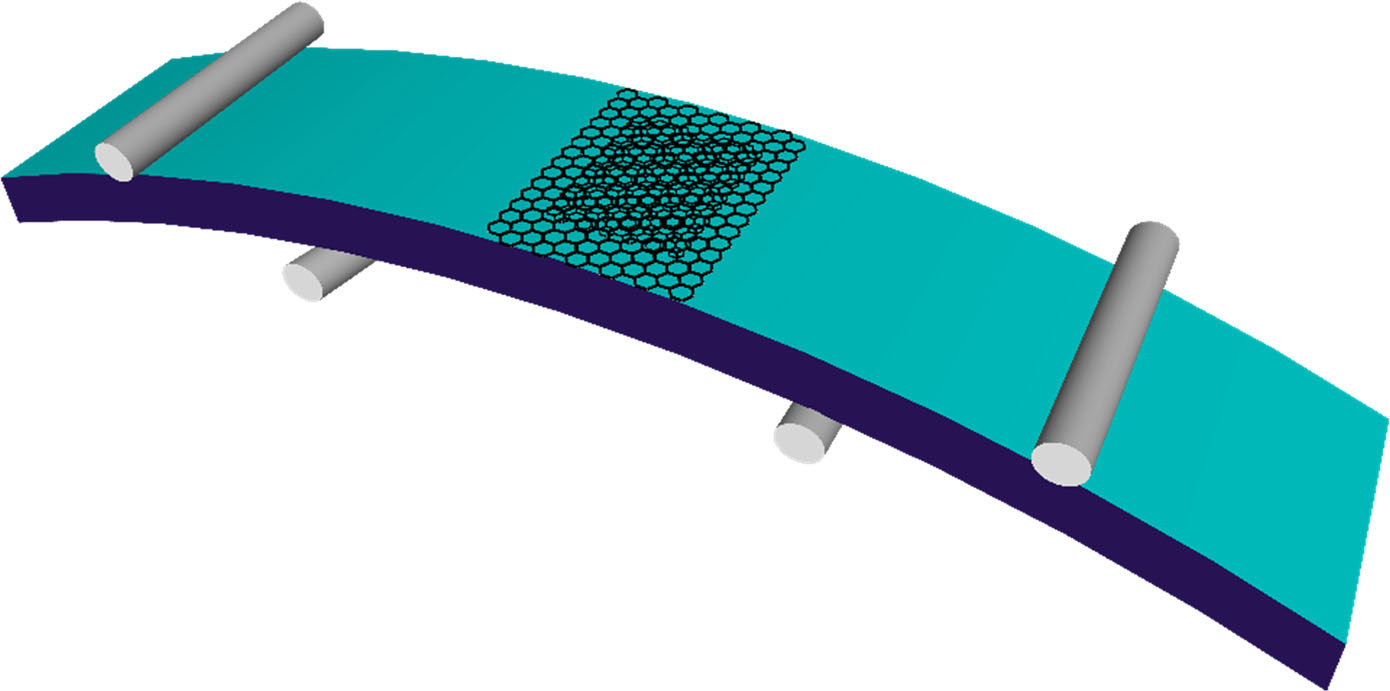
Another paper coming from the Department's Nanotechnology and Advanced Μaterials Laboratory (3rd) was published in Nature (Comms). Superlubricity - an extremely important issue in engineering
Tunable macroscale structural superlubricity in two-layer graphene via strain engineering
Description: Superlubricity is the state of matter of ultra-low friction. Graphite, for example, is a well-known lubricant due to its layered structure. A long-standing bottleneck for graphite is that its superlubric behaviour breaks down when its lateral dimensions exceeds a few microns (~10 μm). This is a result of the large commensurate stacking domains present at macro-scale samples that induce mechanical interlocking and inhibit the facile shearing between individual graphene layers. In our Nature Communication publication (https://www.nature.com/articles/s41467-020-15446-y) it is shown experimentally, that the above limitations can be overcome in incommensurate graphene/graphene systems by mechanical manipulation. By randomly stacking one layer graphene over another and by the application of a small initial tensile strain, the two graphenes practically slide in respect to each other, as measured at the macro- scale. These results have important implications for practical applications for example, dry lubrication into mechanical drive components such as micro/nano-electromechanical systems (MEMS/NEMS), electrical switches, aerospace and wind energy applications for reducing friction and mechanical energy loss at interfaces of components, while extending the applications lifetime.